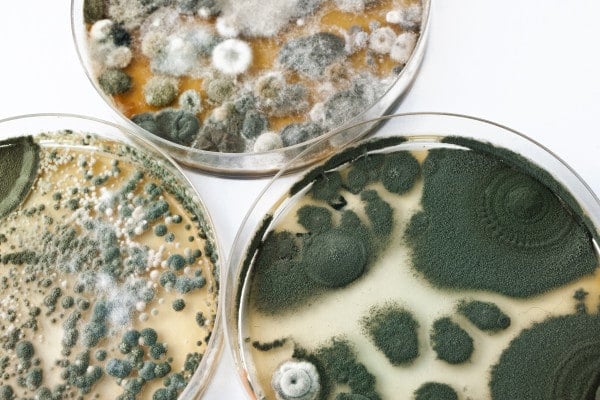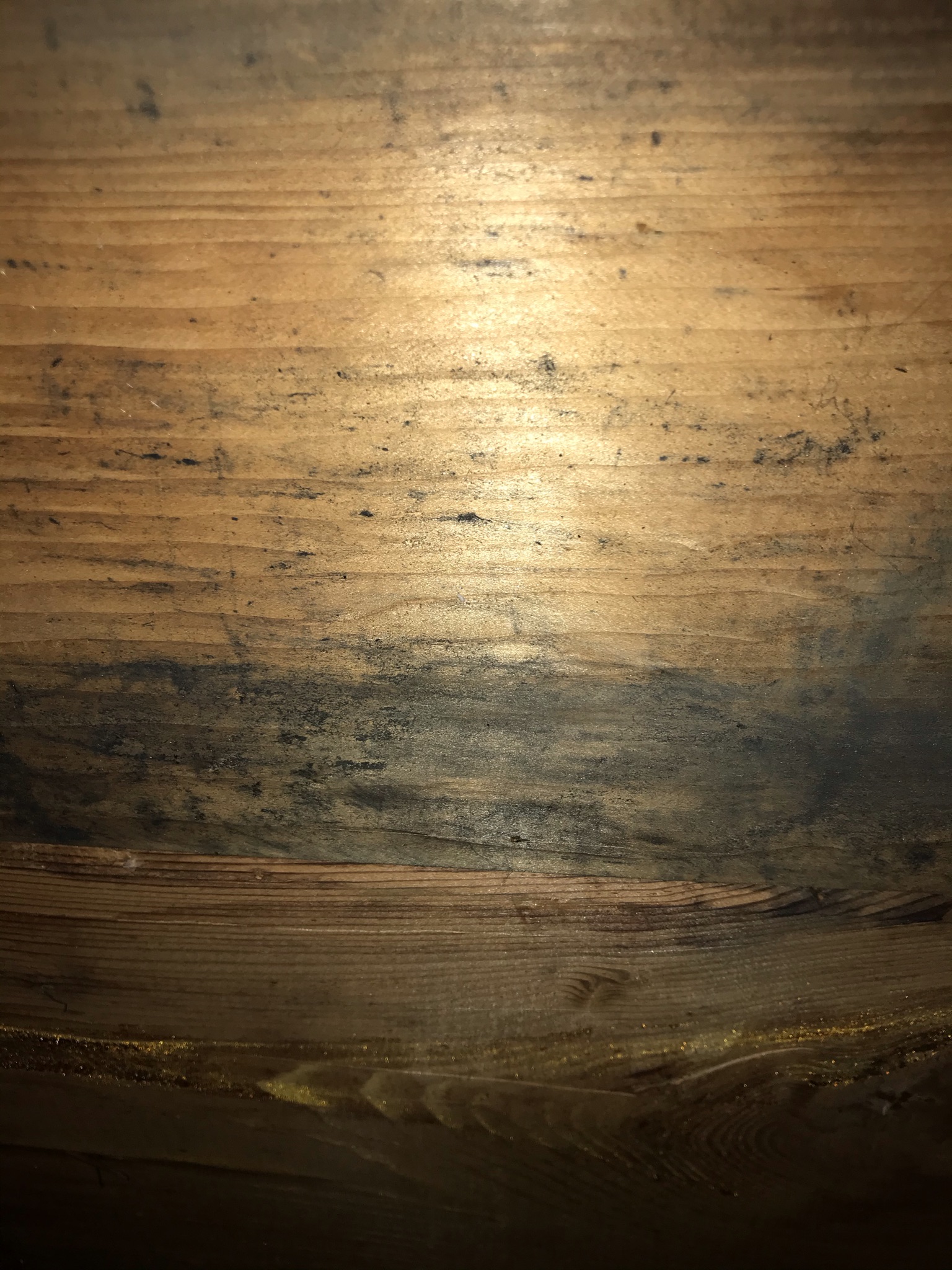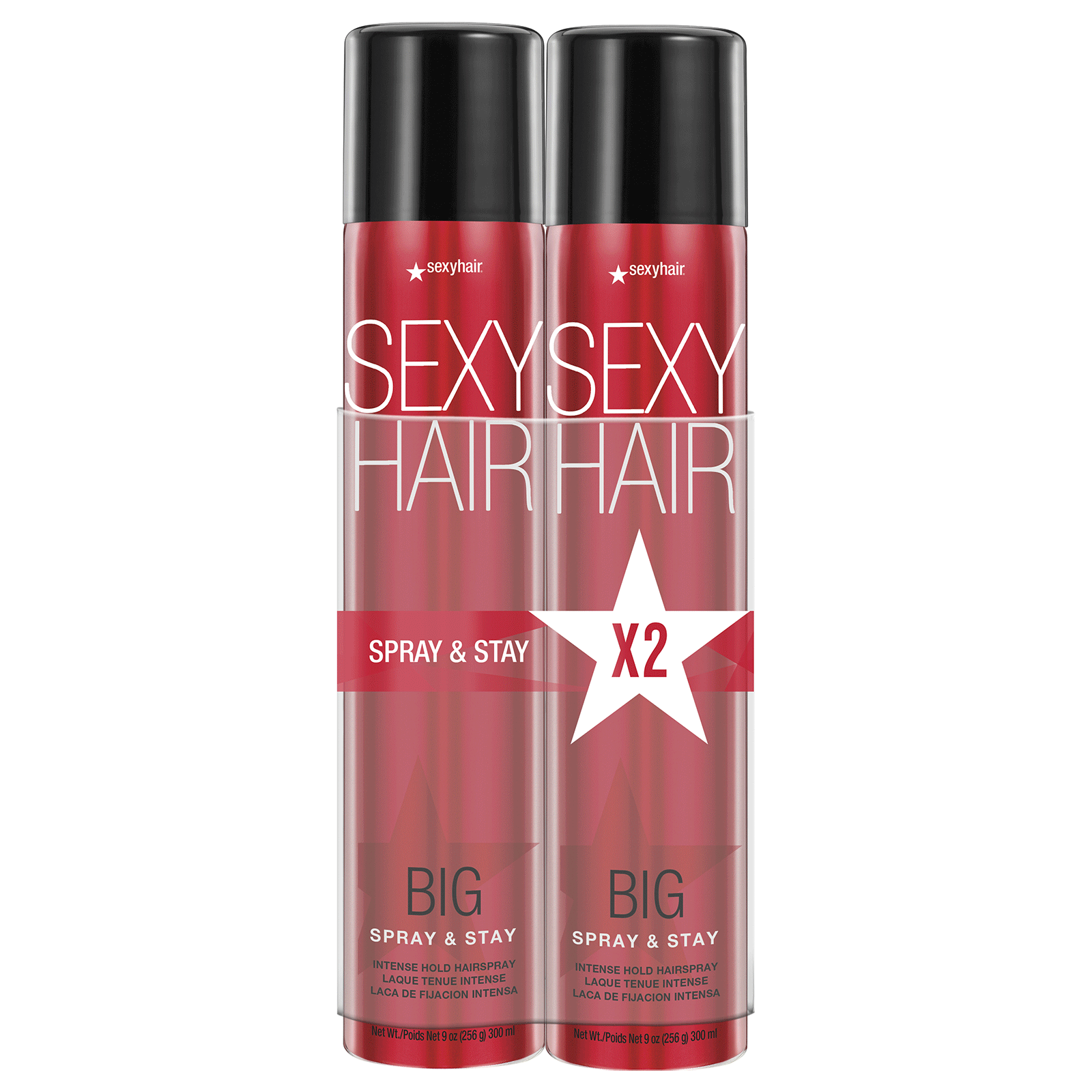Table Of Content

Another 2012 review study involving 31 European countries found mold in 1 in 6 homes. The author noted that the prevalence of mold may vary greatly depending on the regional climate. She is also a Master Gardener with over 40+ years of experience and 20+ years of writing experience. Mary is also a member of The Spruce Gardening and Plant Care Review Board. However, mold experts recommend getting expert advice on any mold occurrence.

For Air Testing
Renters' Rights: What to do if you have mold where you live - WJXT News4JAX
Renters' Rights: What to do if you have mold where you live.
Posted: Thu, 09 Feb 2023 08:00:00 GMT [source]
If the presence of mold has been confirmed, hire a separate mold remediation company for mold removal. 'Items that use water are also at the top of the list for places for mold growth. The constant source of moisture creates perfect conditions for contaminants to move in. That’s why items like laundry machines, showerheads, and coffee makers should be kept as clean and dry as possible,' explains toxic mold expert, Michael Rubino.
How — and when — to check indoor air quality in your home - The Washington Post
How — and when — to check indoor air quality in your home.
Posted: Sun, 17 Oct 2021 07:00:00 GMT [source]
I Tried 3 Spring Cleaning Tricks—and I’ll Be Using Them From Now On
However, lasting relief and a reduction in allergy symptoms are possible with immunotherapy even after treatment ends. Immunotherapy works by gradually exposing your body to an allergen to reduce the severity of an allergic reaction over time. The allergen can be administered through injection (allergy shots) or a sublingual (under the tongue) tablet. Outdoor sites include places where leaves and other vegetation are decomposing.
South End Plumbing, Heating, & Air Expert Tips
Should the problem surpass typical household solutions, do not hesitate to call in the professionals. Keeping your home mold-free is not just about cleanliness; it’s about ensuring the health and well-being of everyone who lives there. The best way to test for mold in your home is through professional mold testing because they can spot both visible and hidden mold in any room in your house. They can test your air for mold and can even detect the presence of toxic black mold as well as identify sources of mold infestation. Moreover, they can provide recommendations regarding mold remediation and removal which guarantees that mold won’t return to your home.
Mold may begin growing indoors when mold spores land on surfaces that are wet. There are many types of mold, and none of them will grow without water or moisture. Now, that you know how to test for mold exposure in your house, it is likely that you are curious about what to do next. Whenever you find visible mold growth, it’s essential to take immediate action to remove it.
This guide explores how to test for black mold and shares some things you may not know about mold and its effects. To tell if mold is inside your walls, professionals will take samples from the affected area through a swab test, bulk sampling (taking a piece of your drywall), and/or air test. After sample collection, they will take the samples to a laboratory for testing. If you’ve confirmed that you can remove mold yourself, you can use household products, diluted bleach (1 cup in 1 gallon of water), or soap and water on hard surfaces.
Household mold is obviously a problem, and knowing a test might reveal it is a relief. The CDC provides an enormous amount of information on how to clean up and remediate mold in your home. But one way you can remove mold from a surface of your home in which mold hasn’t penetrated and taken root is to use household products.
How to check for mold in your house – 6 common places that you must check regularly
You may also find mold on your bathroom ceiling or mold and mildew on your shower curtain. Before doing anything like cutting into drywall or removing baseboards to expose mold, don your personal protective equipment. Do you keep getting a whiff of something musty in your bathroom or basement? Learn about three of the most popular kits to test for mold at home.
For those with pre-existing respiratory conditions, the situation can be more serious. It’s worth noting that mold mites, which are common where mold growth is present, can cause similar reactions in those who are allergic to them. Put on all of your protective safety gear—goggles, mask, gloves, protective clothing—and collect the mold sample. Those that test the air will likely just require you to set out a petri dish with a growth medium inside. Gather the sample however your test kit requires, being sure not to directly touch the mold. After learning the warning signs, always do a thorough check of your home if you suspect mold growth.
Usually, the recommendation is that if you have an area of 10 square feet that is growing mold, hire a remediation service to remove it because exposure to those levels can be dangerous. A mold rash and other symptoms of a mold allergy are similar to many other health issues. Knowing whether your skin rash is caused by mold requires a medical diagnosis. Finding the source of your symptoms can ensure you get the right treatment to manage your problem as soon as possible. Diagnosing a mold rash involves determining whether you have a mold allergy. Since symptoms of a mold allergy are similar to many other conditions, diagnosing a mold allergy requires a visit to a healthcare provider such as an allergist or immunologist.
You can check your home for mold infestation yourself by looking for visible signs and using mold test kits. However, having a licensed mold testing company do the job for you will ensure accurate results and complete removal of mold from your home. The best and most effective way of detecting mold in your house is by hiring a certified professional with the right credentials and technology. Aside from mold testing, they can also find invisible mold and sources of mold exposure in your home to help you with mold remediation/removal.
Your doctor may offer you skin or blood tests to determine whether you truly have a mold allergy. All types of mold can potentially cause health issues and need to be removed. If you suspect you have mold, the first step is to perform a thorough visual inspection of your home. You will recognize mold as spots that can appear in many different colors. Mold thrives on moisture, so pay particular attention to roofs, windows, pipes, basements, laundry areas, bathrooms, previously flooded spaces, and so on.
Even if you can’t see mold, there’s a good chance you’ll smell it or somehow feel it from your body, before you ever see it. You can often smell a moldy odor even if the mold is hidden or from an unknown source. Many people will have allergic reactions to mold nearby, especially if the mold is on surfaces or in the air, but unknown. Mold spores can cause a wide range of symptoms with common ones being sore throat, sore eyes, sinus problems, sneezing and swelling. Left untested and untreated, these mold-related health problems will get more severe over time.

No comments:
Post a Comment